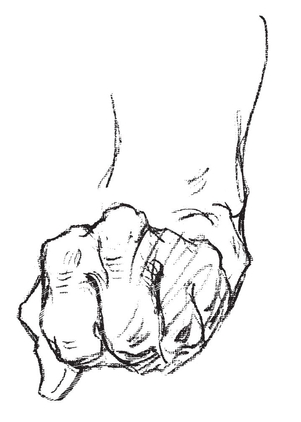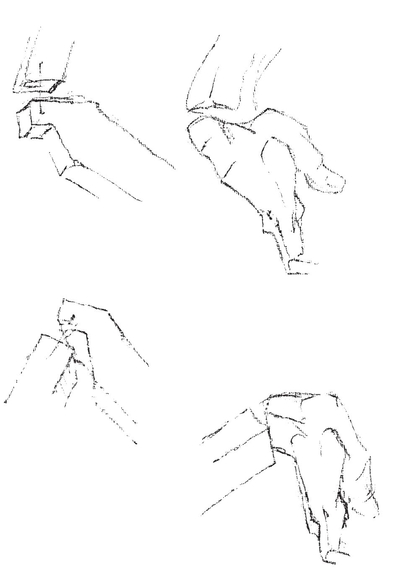THE FIST
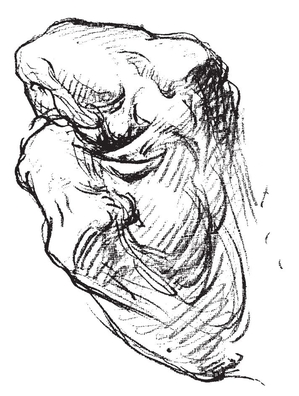
The hand, open, is an implement.
The hand, closed, is a weapon.
When driven forward, the second knuckle, as the most prominent, becomes the point of impact; but in clenching it is braced by the entire fist, bone, tendon and knuckle.
When driven directly forward, the second knuckle is in line with the wrist and the radius, making a straight battering ram.

The fist bends back to almost a right angle with the forearm, and bends forward to slightly less; but between front edge and back edge of the fist is a considerable angle; so that its total movement in this direction is barely more than one right angle. The amount of lateral bending is barely more than half a right angle.
The fist bends more easily backward than forward, and more easily to the little finger side than to the thumb side, on account of the position in clasping an object.
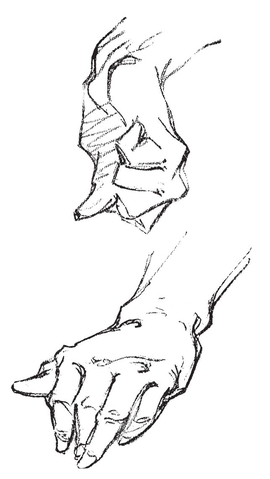

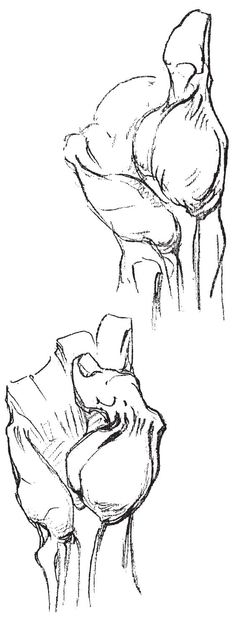

The blow with the fist falls on the knuckle of the second finger, which is the longest, strongest, and in line with the radius.
The more tightly it is clenched, the more it is arched across the knuckles.
The bones of the second row lie in the same plane.
The thumb lies against the first finger, or across the second.
